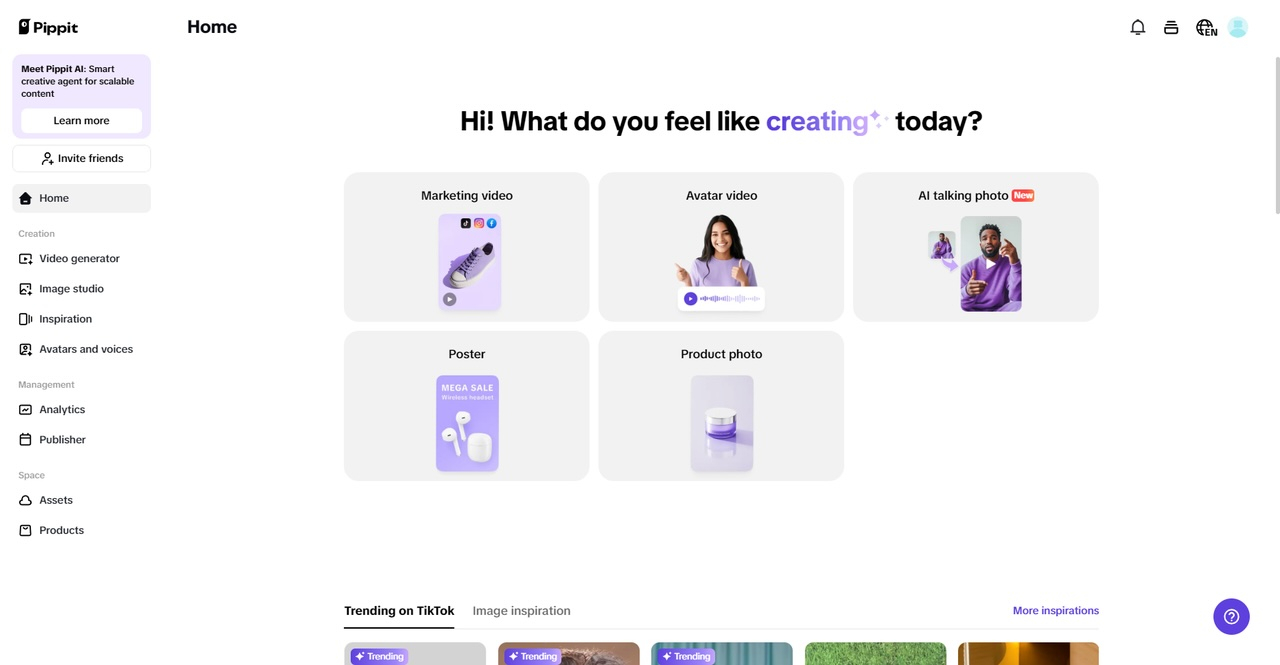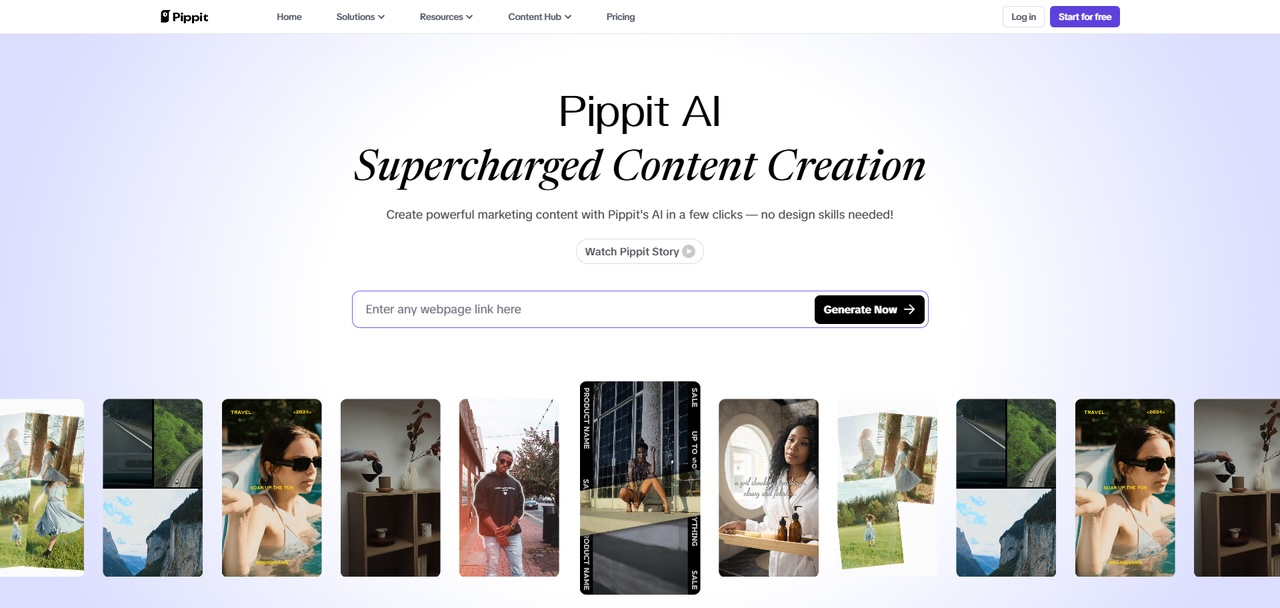Role of AI-generated videos in microlearning and employee training

In today’s fast-paced corporate world, the demand for efficient and effective training methods has never been higher. Enter microlearning – a modern approach to education that breaks down complex topics into bite-sized, easily digestible chunks. This method has gained immense popularity in employee training programs, as it aligns perfectly with the shrinking attention spans and busy schedules of today’s workforce. But what’s truly revolutionising microlearning is the integration of AI-generated videos. These videos are not only making learning more interactive and engaging, but also more accessible and personalised. With tools like the free AI video generator from Pippit AI, creating such content has never been easier.
The shift towards video-based learning is no accident. Studies show that visual content significantly enhances knowledge retention and engagement compared to traditional text-based methods. AI-generated videos take this a step further by offering dynamic, customisable, and scalable solutions that cater to the unique needs of every learner. Whether it’s through personalised content, multilingual support, or adaptive learning paths, AI is transforming how organisations approach employee training.
How AI-generated videos enhance microlearning
Microlearning thrives on brevity and relevance, and AI-generated videos are tailor-made for this purpose. These videos are designed to deliver concise, focused content that addresses specific learning objectives without overwhelming the learner. For instance, instead of sitting through an hour-long training session, employees can watch a series of 2-3 minute AI-generated videos that cover the same material in a more engaging format.
One of the standout features of AI-generated videos is their ability to personalise learning. By analysing an employee’s progress and performance, AI can tailor video content to match their skill level and learning pace. This ensures that no one is left behind and advanced learners aren’t bored with repetitive material. Additionally, AI can generate multilingual videos, making training accessible to a global workforce. This adaptability is particularly valuable for multinational companies with diverse teams.
Key benefits of AI video-based training
The advantages of using AI-generated videos for employee training are manifold. First and foremost, they significantly improve engagement and retention. Visual learning has been proven to enhance memory and comprehension, and AI videos take this to the next level with interactive elements like quizzes, animations, and real-life scenarios.
Scalability is another major benefit. Traditional video production can be time-consuming and expensive, requiring professional actors, cameras, and editing teams. AI eliminates these costs by automating the entire process. With tools like text-to-video generators, companies can create high-quality training videos in minutes without any technical expertise.
Personalisation is where AI truly shines. Unlike static training materials, AI-generated videos can adapt to individual learners. For example, if an employee struggles with a particular concept, the system can generate additional videos or resources to help them master it. This level of customisation ensures that every employee gets the support they need to succeed.
Finally, AI video-based training offers unparalleled flexibility. Employees can access these videos on demand, allowing them to learn at their own pace and convenience. This is especially beneficial for remote teams or those with irregular schedules.
AI video tools transforming employee training
The rise of AI-powered tools has made it easier than ever to create and deploy video-based training content. Platforms like Pippit AI offer a suite of features designed to streamline the process. For instance, their text to video tool allows users to convert written content into engaging videos with just a few clicks. This is particularly useful for companies looking to repurpose existing training materials into a more dynamic format.
AI voiceovers and auto-captioning are other game-changing features. Voiceovers can be generated in multiple languages, ensuring that training content is accessible to a global audience. Auto-captioning, on the other hand, makes videos more inclusive for employees with hearing impairments or those who prefer to read along.
AI analytics also play a crucial role in tracking employee progress. By monitoring metrics like video completion rates, quiz scores, and time spent on each module, organisations can gain valuable insights into the effectiveness of their training programs. This data can then be used to refine and improve future content.
Implementing AI video-based microlearning in the workplace
Integrating AI-generated videos into a corporate Learning Management System (LMS) is a straightforward process. Start by identifying the key topics that need to be covered and break them down into microlearning modules. Use AI tools to create videos for each module, ensuring that they are concise, engaging, and aligned with your learning objectives.
To maximise the impact of these videos, combine them with interactive assessments. For example, after watching a video on customer service skills, employees could complete a short quiz or participate in a role-playing exercise. This not only reinforces learning but also provides immediate feedback on their performance.
Of course, adopting AI-driven training content comes with its own set of challenges. Organisations must ensure that the technology is user-friendly and that employees are adequately trained to use it. Data privacy and security are also important considerations, especially when dealing with sensitive information.
The future of AI videos in corporate learning
The potential of AI-generated videos in corporate training is virtually limitless. Emerging trends like virtual reality (VR) and augmented reality (AR) are set to take immersive learning to new heights. Imagine employees practicing complex procedures in a virtual environment or exploring 3D models of products through AR-enabled videos.
AI avatars and synthetic voices are another exciting development. These technologies can create lifelike virtual trainers that deliver personalised instruction in real time. This not only reduces the need for human trainers but also ensures consistency in the quality of training across the board.
Looking ahead, AI-generated videos are poised to redefine workplace training strategies. As technology continues to evolve, we can expect even more innovative solutions that make learning more engaging, effective, and accessible.
Conclusion
AI-generated videos are revolutionising the way organisations approach microlearning and employee training. By making content more interactive, personalised, and scalable, they are helping businesses meet the ever-changing demands of the modern workforce. From improving engagement and retention to offering on-demand learning opportunities, the benefits are clear.
As we move towards a future dominated by AI-driven solutions, now is the time for organisations to embrace this technology. Tools like Pippit AI’s free AI video generator and text-to-video platform make it easier than ever to create high-quality training content. So why wait? Start leveraging AI-generated videos today and take your employee training programs to the next level.
The editorial unit





























Facebook
Twitter
Instagram
YouTube
RSS